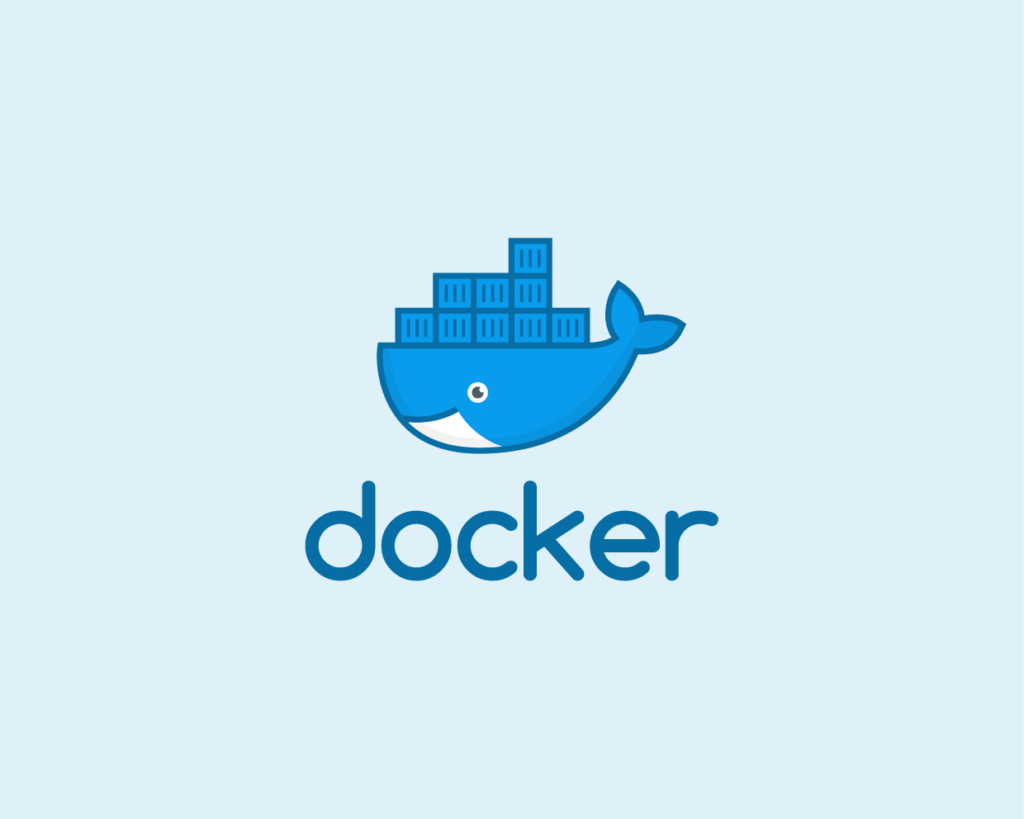Vue.js is a lightweight, easy-to-learn JavaScript library that allows developers to build interactive web interfaces.
It is a progressive framework, meaning that it can be used incrementally, starting with small pieces of functionality and adding more as needed.
Vue.js is designed to be easy to pick up and integrate into a project, which makes it a good choice for developers who are new to JavaScript frameworks.
When should you use Vue.js?
Vue.js is a good choice for building small to medium-sized web applications, especially when you need a lightweight, easy-to-learn JavaScript library. It is also a good choice for developers who are new to JavaScript frameworks, as it is easy to pick up and integrate into a project.
- Vue.js is lightweight and easy to learn: Vue.js is designed to be easy to pick up and integrate into a project, making it a good choice for developers who are new to JavaScript frameworks.
- Vue.js is progressive: Vue.js is a progressive framework, which means that you can use it incrementally, starting with small pieces of functionality and adding more as needed. This makes it a good choice for building small to medium-sized web applications.
- Vue.js has a strong community: Vue.js has a large and active community of developers, which means that you can find a wealth of resources and support when working with the framework.
- Vue.js is flexible: Vue.js is designed to be flexible and adaptable, making it a good choice for building a variety of different types of web applications.
Overall, Vue.js is a good choice for building small to medium-sized web applications, especially when you need a lightweight, easy-to-learn JavaScript library.
Comparison of Vue.js, Angular, and React:
Vue.js, Angular, and React are all JavaScript frameworks that are popular for building web applications. Here is a brief comparison of these three frameworks:
| Vue.js | Angular | React |
| Vue.js is a lightweight, easy-to-learn JavaScript library that allows developers to build interactive web interfaces. | Angular is a full-featured JavaScript framework developed by Google. Angular is a good choice for building large, complex web applications. | React is a JavaScript library developed by Facebook for building user interfaces. |
| It is a progressive framework, meaning that it can be used incrementally, starting with small pieces of functionality and adding more as needed. | It is a complete solution for building web applications, and includes everything you need to build a modern, single-page application. | It is focused on the view layer of an application, and is often used in combination with other libraries or frameworks, such as Redux, to build complete web applications.React is a good choice for building reusable UI components. |
In general, the choice between these three frameworks will depend on the specific needs of your project. If you are building a small, simple web application, Vue.js might be the best choice. If you are building a large, complex web application, Angular might be a better fit. And if you are building a web application that requires a lot of reusable UI components, React might be the best choice.
Here is an example of Vue.js to build a simple blog application:
<template>
<div>
<h1>My Blog</h1>
<div v-for="post in posts" :key="post.id">
<h2>{{ post.title }}</h2>
<p>{{ post.body }}</p>
</div>
</div>
</template>
<script>
export default {
data() {
return {
posts: [
{ id: 1, title: 'My first post', body: 'This is the body of my first post' },
{ id: 2, title: 'My second post', body: 'This is the body of my second post' },
{ id: 3, title: 'My third post', body: 'This is the body of my third post' }
]
}
}
}
</script>
This example code defines a template with a div element that contains an h1 element for the title of the blog, and a div element for each of the posts in the posts array. The div element for each post contains an h2 element for the title of the post and a p element for the body of the post. The v-for directive is used to loop through the posts array and render a div element for each post.
In the script section, the component’s data is defined as an array of objects representing the posts. The data is then used in the template to render the posts in the blog.
This is just a simple example, and a real-world blog application would likely include additional functionality such as pagination, searching, and CRUD (create, read, update, delete) operations for creating and managing posts.

